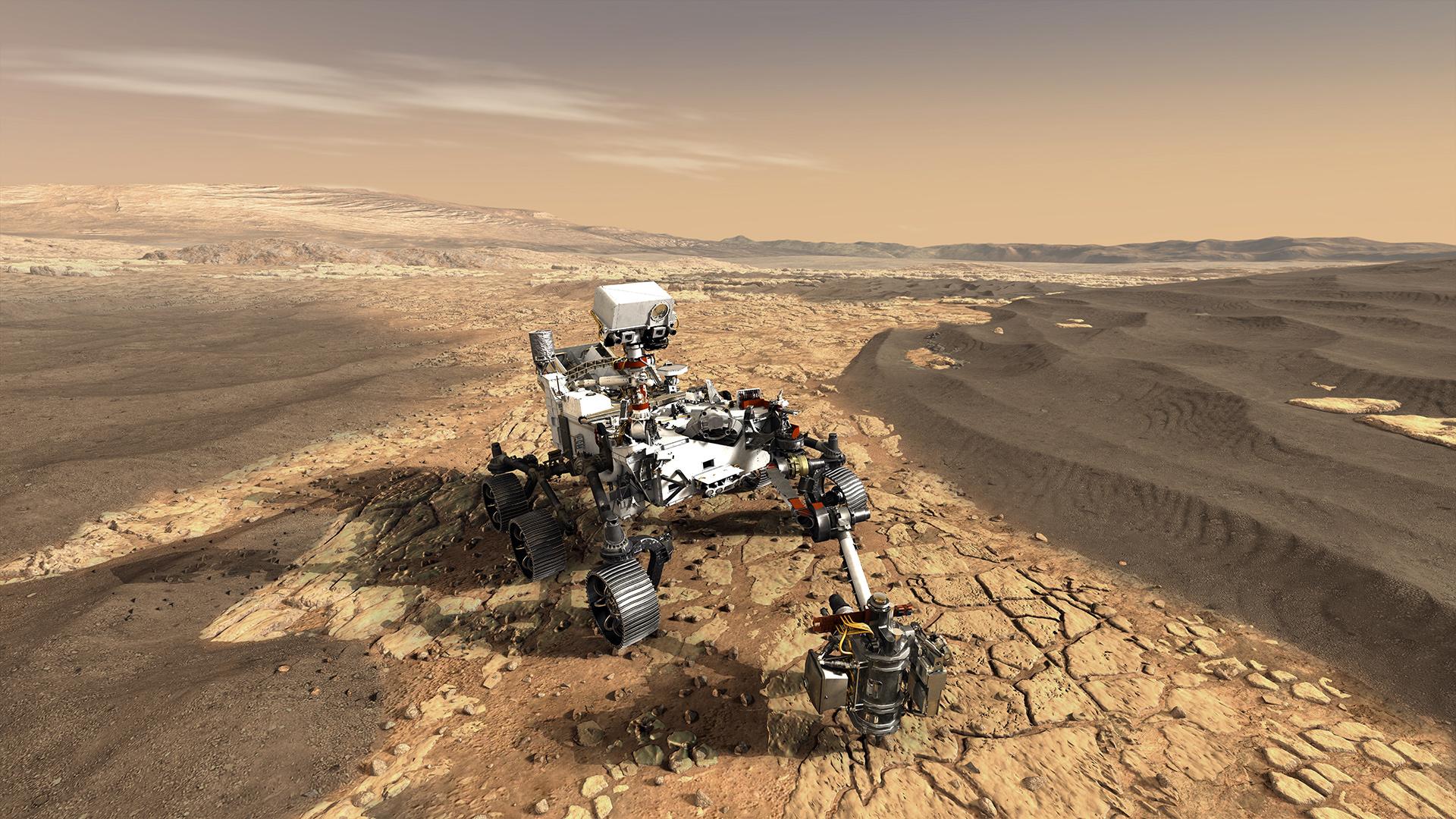NASA’s Perseverance rover has produced pure oxygen on Mars
The mission's MOXIE demonstration shows it's possible to convert the Red Planet’s carbon dioxide-rich atmosphere into usable oxygen for astronauts.

NASA’s Perseverance rover has successfully generated breathable oxygen on Mars. The demonstration, carried out by the rover’s MOXIE instrument on April 20, could lay the groundwork for helping future astronauts establish a sustainable colony on the planet.
What’s MOXIE and how does it work? Short for Mars Oxygen In-Situ Resource Utilization Experiment, it’s a toaster-size device that can convert carbon dioxide into oxygen through a process called solid oxide electrolysis. Martian air is drawn into the device through a filter, and a mechanical pump compresses it down to Earth-like settings, forwarding carbon dioxide to the electrolysis system. The carbon dioxide is heated to about 800 °C (MOXIE itself can withstand this temperature thanks to its heat-resistant nickel alloy parts and a lightweight aerogel that traps heat inside). The gas separates into oxygen and carbon monoxide, and MOXIE isolates the oxygen to a different chamber, where the oxygen ions recombine. The carbon monoxide is released, and we’re left with oxygen.
How’d the test go? It generated about 5.4 grams of oxygen in one hour—which is roughly 10 minutes of breathable air for a human being. Preliminary findings suggest the resulting gas is nearly 100% pure oxygen. MOXIE was designed to produce about 12 grams of oxygen every hour (roughly the same as what a large tree on Earth produces).
What’s the big deal? Future astronauts will need oxygen to breathe and live, but oxygen is also a critical rocket fuel component. A single rocket launch off the surface of Mars carrying four astronauts might require about 25 metric tons of oxygen. The Martian atmosphere is 95-96% carbon dioxide, so there’s a plentiful potential source for this oxygen—we just need the proper technology to generate it. MOXIE is far from capable of fulfilling those needs, but it will lay the groundwork for larger conversion instruments.
What’s next? There will be at least nine more tests over the next two years. The first round of tests MOXIE is currently running are supposed to validate that the device really works. The second phase will run the process in different kinds of atmospheric conditions and during different Martian times and seasons. And the third will attempt to push MOXIE to its limits.
Perseverance, meanwhile, is continuing to do exciting work. The Ingenuity helicopter had its second flight Thursday and is set to fly at least three more times. The rover will then head on out to start its search for alien life and look for potential samples to store for delivery back to Earth one day.
Deep Dive
Space
How to safely watch and photograph the total solar eclipse
The solar eclipse this Monday, April 8, will be visible to millions. Here’s how to make the most of your experience.
How scientists are using quantum squeezing to push the limits of their sensors
Fuzziness may rule the quantum realm, but it can be manipulated to our advantage.
The great commercial takeover of low Earth orbit
Axiom Space and other companies are betting they can build private structures to replace the International Space Station.
Stay connected
Get the latest updates from
MIT Technology Review
Discover special offers, top stories, upcoming events, and more.